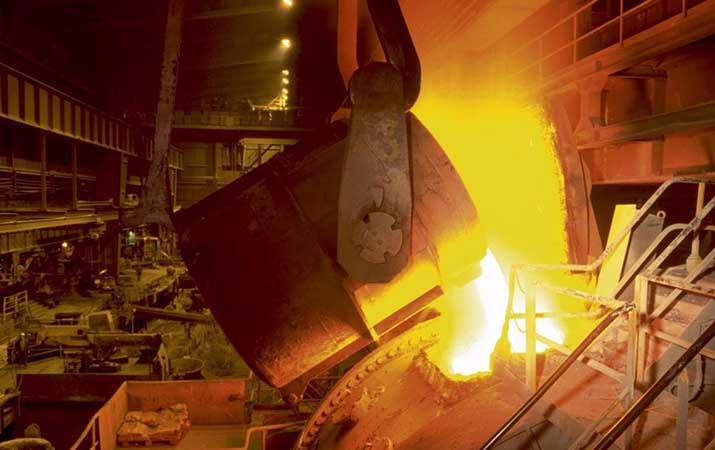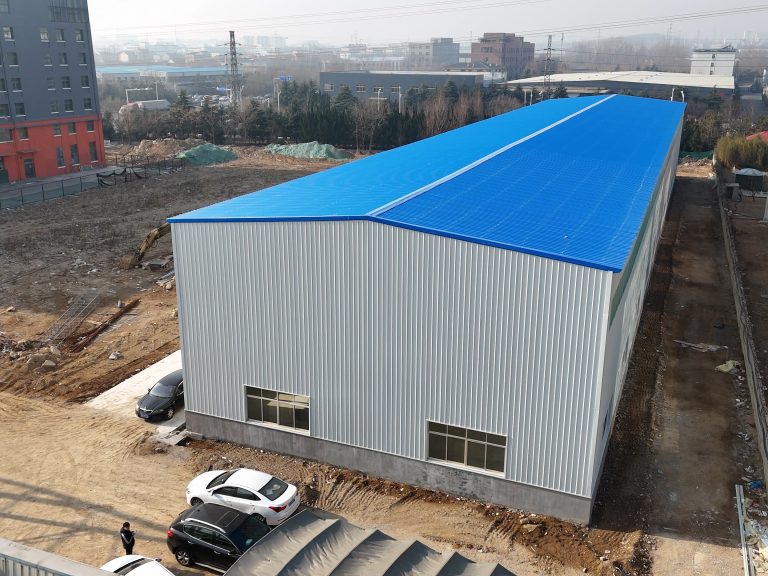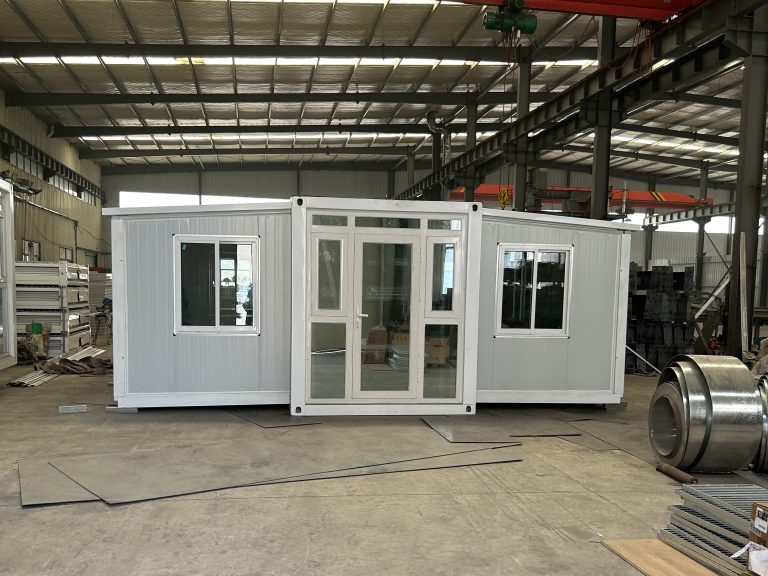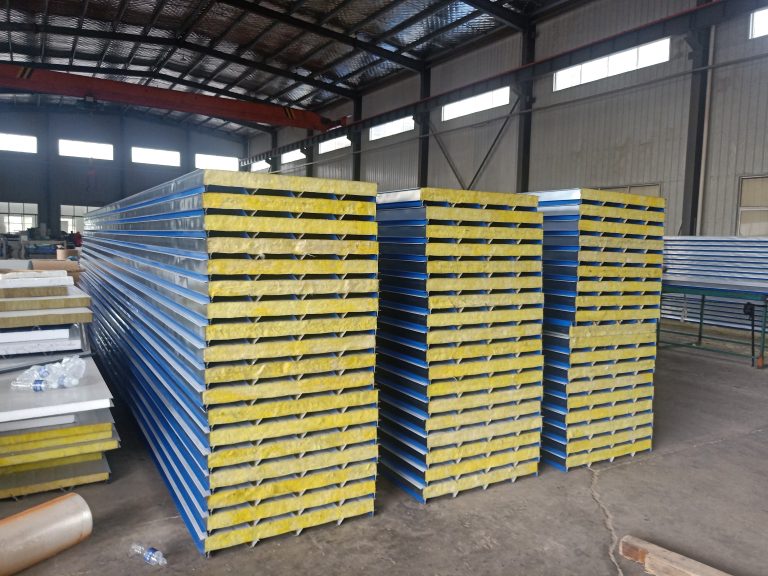Table of Contents
Benefits of Using Steel Structures in Intelligent Agricultural Greenhouses
Steel structures have long been a popular choice in the construction industry due to their durability, strength, and versatility. In recent years, the use of steel structures in the construction of intelligent agricultural greenhouses has gained traction, offering numerous benefits to farmers and growers. This article will explore the structural innovation of steel structures in the construction of intelligent agricultural greenhouses and the advantages they bring to the agricultural industry.
One of the key benefits of using steel structures in intelligent agricultural greenhouses is their strength and durability. Steel is known for its high tensile strength, which allows it to withstand extreme weather conditions such as strong winds, heavy snow loads, and seismic activity. This makes steel structures ideal for protecting crops and plants from external elements, ensuring their safety and well-being.
In addition to their strength, steel structures are also highly customizable and versatile. They can be easily designed and fabricated to meet the specific needs and requirements of different agricultural operations. This flexibility allows farmers and growers to create efficient and functional greenhouse structures that maximize space utilization and optimize crop production.
Furthermore, steel structures are quick and easy to assemble, reducing construction time and labor costs. This is particularly advantageous in the agricultural industry, where time is of the essence and delays can have a significant impact on crop yields. By using steel structures, farmers can expedite the construction process and start growing crops sooner, increasing their overall productivity and profitability.
Another benefit of using steel structures in intelligent agricultural greenhouses is their sustainability and environmental friendliness. Steel is a recyclable material that can be reused and repurposed, reducing waste and minimizing the greenhouse gas emissions associated with construction. Additionally, steel structures can be designed to incorporate energy-efficient features such as solar panels, rainwater harvesting systems, and natural ventilation, further reducing the environmental impact of greenhouse operations.
Moreover, steel structures offer long-term cost savings for farmers and growers. Due to their durability and low maintenance requirements, steel structures have a longer lifespan compared to traditional building materials such as wood or concrete. This means that farmers can enjoy reduced repair and replacement costs over time, ultimately saving money in the long run.
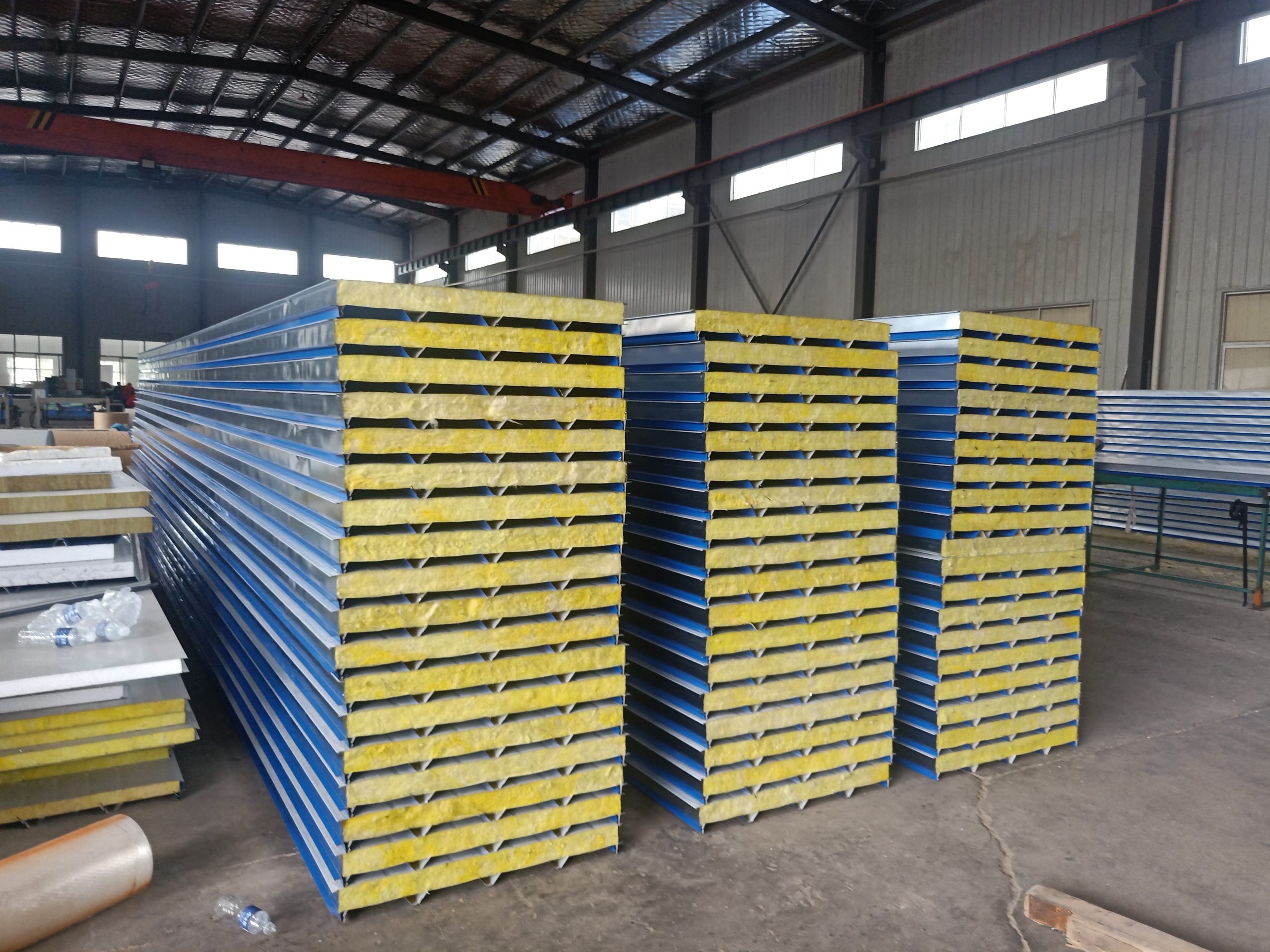
In conclusion, the structural innovation of steel structures in the construction of intelligent agricultural greenhouses offers numerous benefits to the agricultural industry. From their strength and durability to their versatility and sustainability, steel structures provide farmers and growers with a reliable and efficient solution for protecting and growing crops. By embracing steel structures in greenhouse construction, farmers can enhance their productivity, profitability, and environmental stewardship, ensuring a sustainable future for the agricultural industry.
Implementing Advanced Technologies in Steel Structure Innovation for Agricultural Greenhouses
Steel structures have long been a popular choice in the construction industry due to their durability, strength, and versatility. In recent years, there has been a growing trend towards the use of steel structures in the construction of intelligent agricultural greenhouses. These innovative structures are designed to optimize the growing environment for crops, increase productivity, and reduce energy consumption. By implementing advanced technologies in steel structure innovation, farmers can create a more sustainable and efficient agricultural operation.
One of the key benefits of using steel structures in the construction of intelligent agricultural greenhouses is their ability to support advanced automation systems. These systems can monitor and control various environmental factors such as temperature, humidity, and lighting to create the ideal growing conditions for crops. By integrating sensors, actuators, and control systems into the steel structure, farmers can automate tasks such as irrigation, ventilation, and lighting, reducing the need for manual labor and improving overall efficiency.
Another advantage of steel structures in intelligent agricultural greenhouses is their flexibility and adaptability. Steel is a highly versatile material that can be easily customized to meet the specific needs of a greenhouse design. Whether it’s a traditional greenhouse layout or a more complex multi-level structure, steel can be used to create a wide range of configurations to maximize space utilization and crop production. Additionally, steel structures can be easily modified or expanded as needed, allowing farmers to adapt to changing market demands or crop requirements.
In addition to their flexibility, steel structures offer superior strength and durability compared to traditional building materials. This is particularly important in agricultural settings where structures are exposed to harsh environmental conditions such as high winds, heavy snow loads, and extreme temperatures. Steel structures are able to withstand these challenges, providing a safe and secure environment for crops to thrive. Furthermore, steel is a non-combustible material, reducing the risk of fire damage and ensuring the safety of both crops and workers.
The use of steel structures in intelligent agricultural greenhouses also contributes to sustainability and energy efficiency. Steel is a recyclable material that can be reused or repurposed at the end of its lifecycle, reducing waste and environmental impact. Additionally, steel structures can be designed to incorporate energy-efficient features such as insulated panels, double-glazed windows, and solar panels to reduce energy consumption and operating costs. By optimizing the use of natural resources and minimizing waste, farmers can create a more sustainable and environmentally friendly agricultural operation.
Overall, the structural innovation of steel structures in the construction of intelligent agricultural greenhouses offers numerous benefits for farmers looking to improve productivity, efficiency, and sustainability. By leveraging advanced technologies and design principles, farmers can create a modern and efficient growing environment that maximizes crop yields while minimizing resource consumption. As the demand for sustainable agriculture continues to grow, steel structures will play an increasingly important role in shaping the future of farming.

